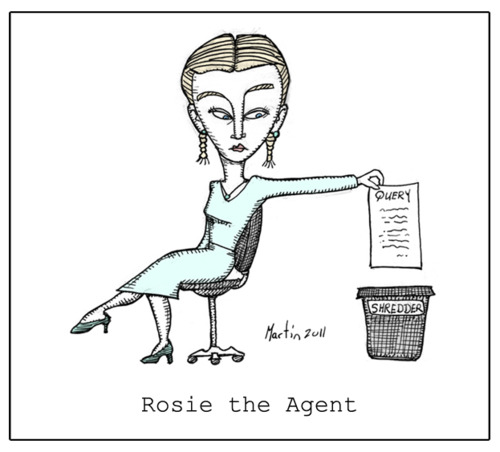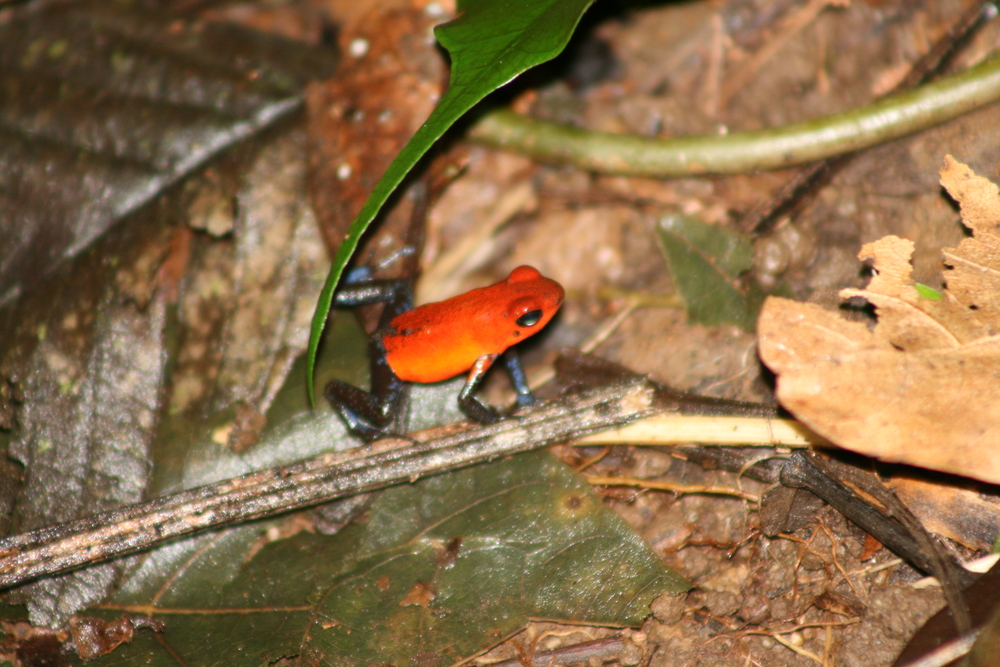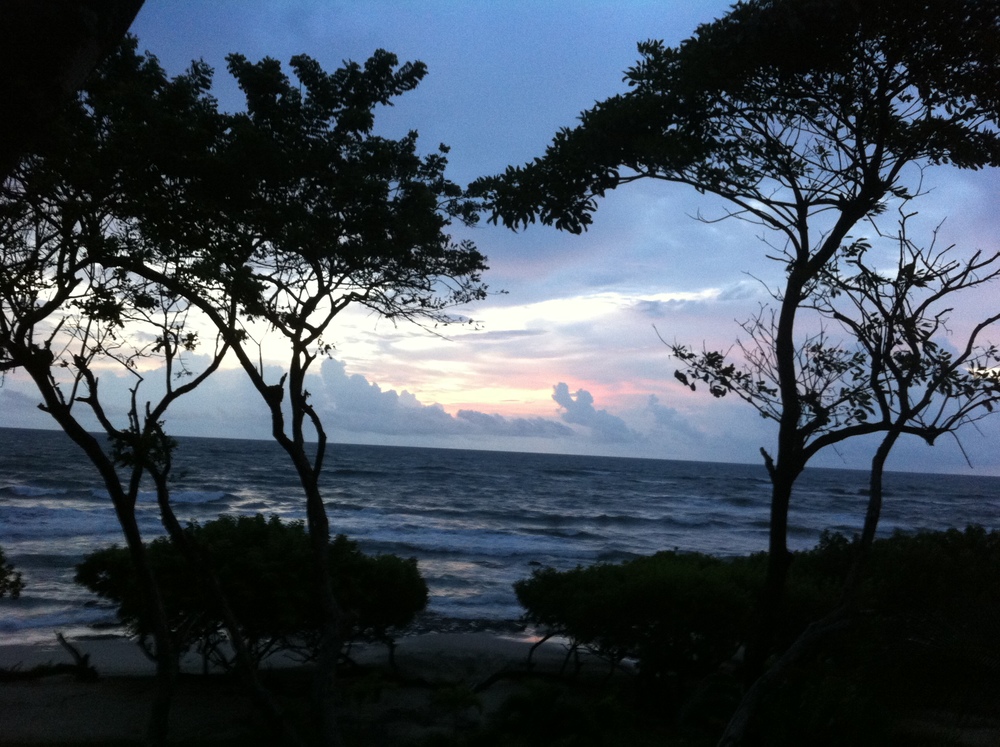It's hard to believe, but my writing buddies and I have been coming to Avila Beach to write every six months for nearly seven years. We are back this week, and it is a time I relish for the quiet, the serenity, the opportunity to get away from my office and client work for a few days and focus on my own writing projects.
It's beautiful up here, as usual. We always come up in April and October. Sometimes it's chilly and foggy; often it's sunny and warm. Today it has been both: chill fog this morning dissipating to warmth and sun this afternoon.
The hotel we stay in is on the ocean, so anytime a walk on the beach beckons, you can have your toes in the sand within minutes.
This is a time to breathe deeply, to ponder, to journal, to figure out a writing problem. I'm working on two book proposals, and also planning to write two book reviews and several blog posts.
I've been reading Jon Katz's Bedlam Farm Journal recently. He posts several times a day, and even after only a few weeks I feel I know him and his artist wife, Maria. And I feel I am on a first-name basis with his dogs, Frieda, Red and Lenore, the three donkeys, the sheep, and the barn cats Flo and Minnie.
These past few weeks, Jon has shared the drama of Minnie's run-in with a wild animal of some kind. Her leg was severely injured, broken and mutilated, and Jon and Maria had to decide whether to have Minnie euthanized or have her leg amputated. I've followed the story each day, from their decision to amputate the leg through the surgery and, now, Minnie's recovery back at home.
For the first time in her life, Minnie's in the house, and getting used to the luxuries there. They plan to return her to her life as a barn cat, once she's healed, but I'm wondering if Minnie will choose otherwise.
Meanwhile, Jon writes about the dogs and the sheep, the donkeys and the vagaries of small-farm life, all the while documenting his posts with his photographs.
Over the weekend he blogged about his visit to the University of Tulsa, where he taught a workshop on memoir. (He's the author of 12 books, most of them memoirs and most involving dogs.)
The literary crowd didn't take much to his assertion that he is writing memoir now essentially through his blog. Agents and traditional publishing are things of the past, he told them.
I can't say I disagree with him. I enjoy writing in my journal every day. From now on, I will share more of my thoughts in this space as well. If you're a writer, you have to write, even if the old formats fall away and a new world of online publishing takes its place.
The old system of unfettered gatekeepers has crumbled in all genres, which may turn out to be a very good thing. I know it is for readers, who now have unlimited access to writing that previously might not have made the cut. Some of it may be awful, yes, but there will always also be those singular treasures that no one in traditional publishing was willing to take a risk on. I trust this will be as good for writers as it is for readers. I believe it will be. Time will be the judge. Meanwhile, I'm willing to take a chance on the new world order.





